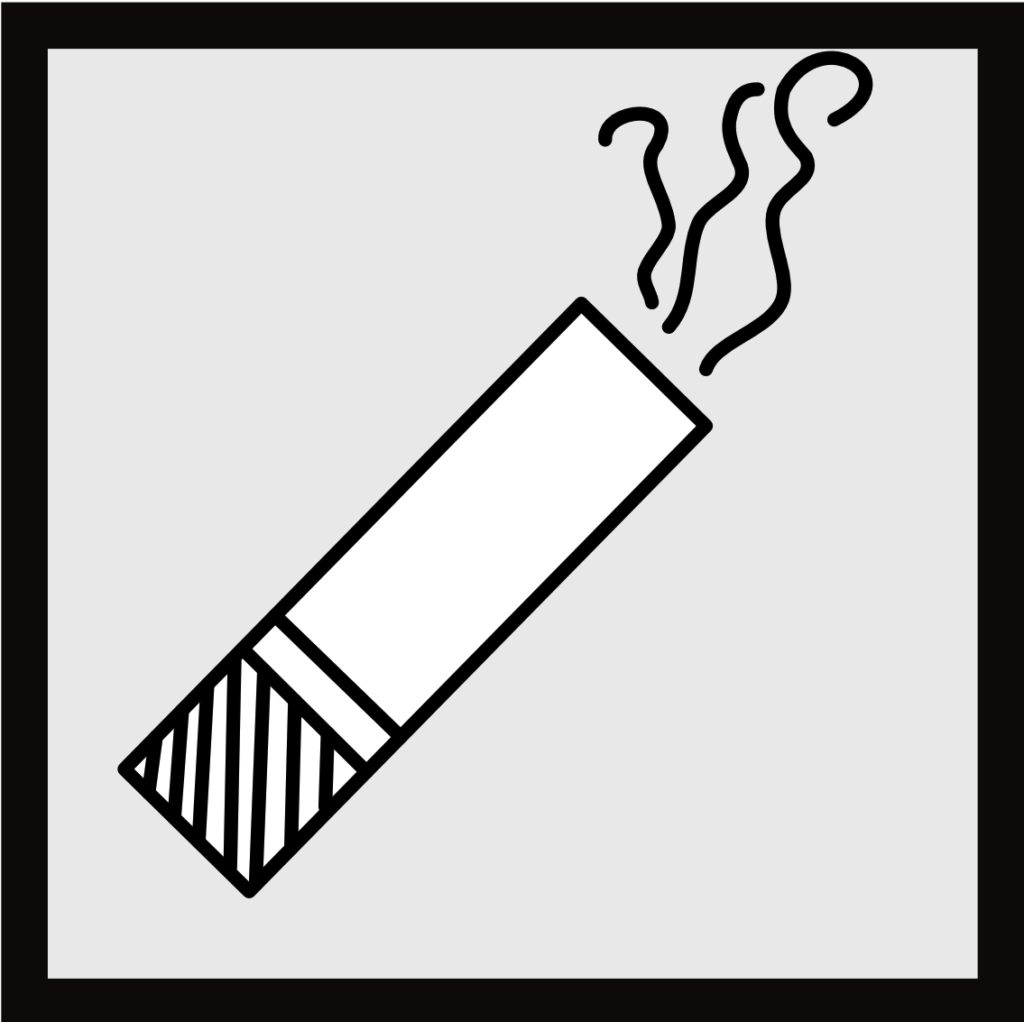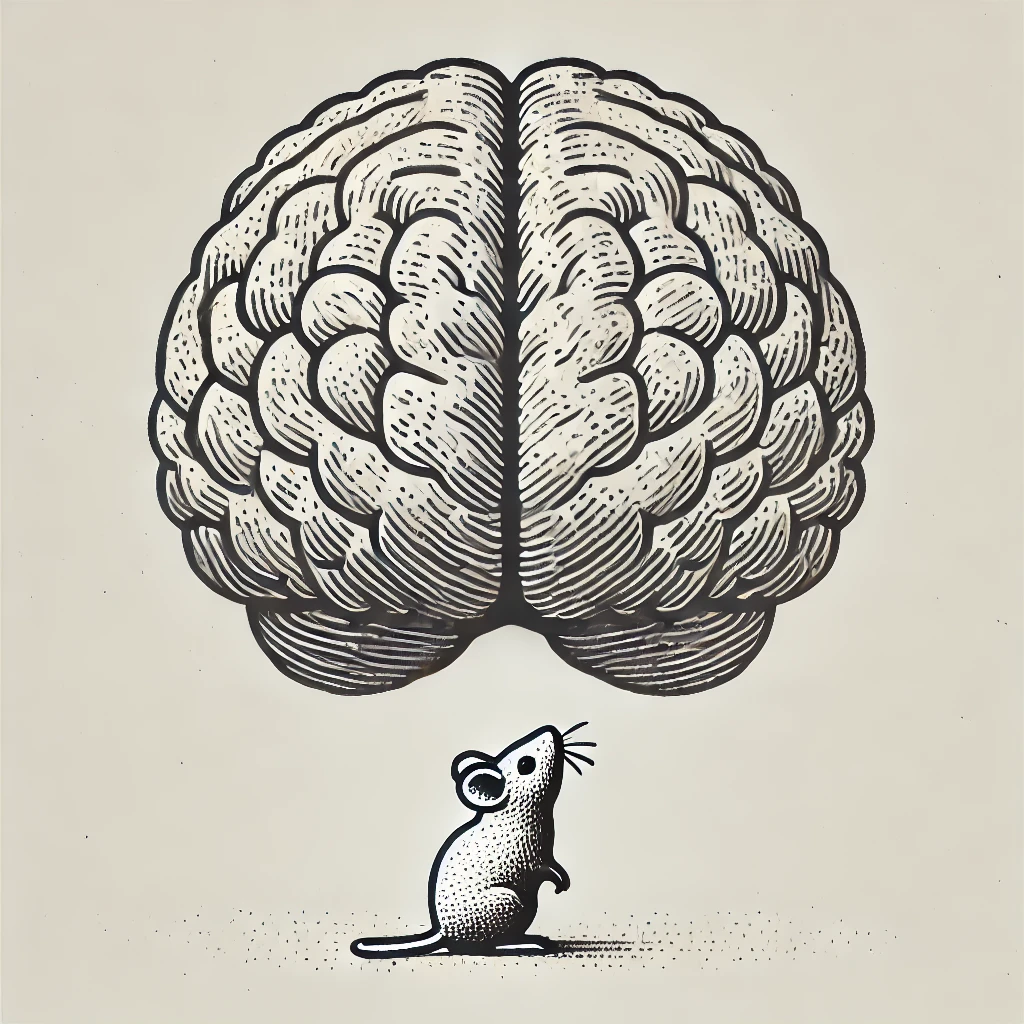
The problem
Nicotine, the main addictive substance found in tobacco leaves, has multi-facetted effects: the molecule is reinforcing and psychostimulant, but is also aversive and anxiogenic. Understanding the neurophysiological m
echanisms of nicotine’s various effects is essential. Dopamine system constitutes the primary target of addictive drugs. Dopamine neurons however do not constitute a uniform population but rather encompass multiple cell types with distinct roles in motivational control. Understanding the functional balance between these sub-network, the role of nAChRs in these defined populations and how this balance is modified after nicotine exposure, environmental or social context, should provide important insight into the complex effects of nicotine.
Our team has shown that dopamine neurons of the ventral tegmental area (VTA), the midbrain reward nuclei that synthetizes dopamine, are heterogenous in their response to nicotine: VTA dopamine neurons that project to the striatum are activated by nicotine, leading to reward, while those that project to the amygdala are inhibited, leading to increased anxiety. We have also shown that alcohol, like nicotine (the most widely co-abused drugs), increases or decreases the activity of distinct VTA DA cell subpopulations.
In parallel the interpeduncular nucleus (IPN), a midbrain structure that densely expresses the rare α3, α5 and ß4 nAChR subunits, mediates aversion to nicotine, and that aversion is reduced after prolonged exposure to the drug. We have also implicated the IPN have also been implicated in relapse to nicotine seeking. Our results suggest that a drug capable of targeting those rare nAChR subunits could reduce tobacco consumption and lower the risk of relapse after cessation.
In this project we thus analyse effect of nicotine at a circuit level and identified factor such as stress, nicotine exposure that can modified the balance between positive and negative effet of nicotine.
Lab publications
- Nicotine engages a VTA-NAc feedback loop to inhibit amygdala-projecting dopamine neurons and induce anxietyLe Borgne T, Nguyen C, Vicq E, Jehl J, Solié C, Guyon N, Daussy L, Gulmez A, Reynolds LM, Mondoloni S, Tolu S, Pons S, Maskos U, Valjent E, Mourot A, Faure P, Marti F biorxiv doi:10.1101/2024.08.20.607920
- The interpeduncular nucleus blunts the rewarding effect of nicotineJehl J, Ciscato M, Vicq E, Dejean de la Batie G, Guyon N, Mondoloni S, Frangieh J, Nguyen C, Hardelin JP, Marti F, Corringer PJ, Faure Ph, Mourot A biorxivdoi:10.1101/2023.10.05.561018
- Nicotine in adolescence freezes dopamine circuits in an immature stateReynolds LM, Gulmez A, Fayad SL, Campos RC, Rigoni D, Nguyen C, Le Borgne T, Topilko T, Rajot D, Franco C, Marti F,Heck N, Mourot A, Renier N, Barik J, and Faure Ph. biorxiv doi:10.1101/2023.10.28.564518
- Prolonged nicotine exposure reduces aversion to the drug in mice by altering nicotinic transmission in the interpeduncular nucleus Sarah Mondoloni, Claire Nguyen, Eléonore Vicq, Maria Ciscato, Joachim Jehl, Romain Durand-de Cuttoli, Nicolas Torquet, Stefania Tolu, Stéphanie Pons, Uwe Maskos, Fabio Marti, Philippe Faure ,Alexandre Mourot ELife May 30, 2023. PMID: 37249215
- Nguyen C, Mondoloni S, Le Borgne T, Centeno I, Come M, Jehl J, Solié C, Reynolds LM, Durand-de Cuttoli R, Tolu S, Valverde S, Didienne S, Hannesse B, Fiancette JF, Pons S, Maskos U, Deroche-Gamonet V, Dalkara D, Hardelin JP, Mourot A, Marti F*, Faure P*. Nicotine inhibits the VTA-to-amygdala dopamine pathway to promote anxiety. Neuron. 2021 Jun 30:S0896-6273(21)00428-1. doi: 10.1016/j.neuron.2021.06.013. Epub ahead of print. PMID: 34242565.
- Morel C., Fernandez S. P., Pantouli F., Meye F. J., Marti F., Tolu S., Parnaudeau S., Marie H., Tronche F., Maskos U., Moretti M., Gotti C., Han M.-H., Bailey, Mameli A. M., Barik* J. and Faure* P. Nicotinic receptors mediate stress-nicotine detrimental interplay via dopamine cells’ activity. Molecular Psychiatry 2017. doi: 10.1038/mp.2017.145 [Article].

